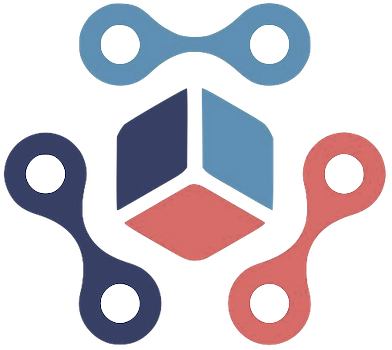The recent decision by Anthropic to revoke OpenAI’s API access to its Claude models highlights a pivotal tension within the AI industry. This move isn’t merely about a technical dispute; it underscores the fierce competition among tech giants vying for market dominance and technological superiority. As AI models become central to countless applications—ranging from coding to creative writing—the strategic control over these tools transforms into a battlefield for influence and innovation.
In this climate, companies are increasingly protective of their intellectual assets, viewing their AI platforms not just as commercial products but as strategic weapons. Anthropic’s action, ostensibly justified by contractual violations, reveals a broader trend: corporations are willing to employ aggressive tactics to preserve their proprietary advantages. The restriction on OpenAI, allegedly due to its internal use of Claude for benchmarking and testing purposes, exemplifies how industry insiders leverage access control as a form of competitive leverage.
While such maneuvers may be framed as legal and contractual, their underlying motivation exposes a deeper truth: the race to develop the most capable, safe, and versatile AI models is intertwined with power struggles. Companies are no longer content with just making superior technology—they seek to control the narratives, the data, and the access points. This aggressive posture risks creating an environment where collaboration is secondary to self-preservation, potentially stifling the open innovation that once characterized the field.
Safety and Benchmarking as Industry Standard—Or Just a Cover?
An intriguing aspect of this dispute revolves around the justification of safety and benchmarking. OpenAI’s use of Claude internally for testing and comparison, as reported, aligns with industry best practices aimed at ensuring model safety and ethical compliance. Benchmarking across different AI systems is vital for advancing the field, particularly in areas like safety evaluation, bias mitigation, and content moderation.
However, Anthropic’s enforcement of contractual restrictions raises questions about the sincerity of these safety claims. Is this merely a technical matter of compliance, or are these restrictions a way to limit competitors’ access to valuable real-world testing environments? The fact that companies can selectively grant or deny API access enables them to exert subtle control over the industry’s progress.
This power dynamic could have unintended consequences. When corporations prioritize their competitive boundaries over the broader goal of AI safety, the collective effort to build responsible AI could weaken. Without open, standardized channels for benchmarking and safety testing, progress may become siloed, slow, or skewed toward the interests of dominant players.
Market Tactics and the Threat to Open Innovation
Historically, tech industry giants have wielded API restrictions as strategic tools rather than mere contractual safeguards. Past incidents—like Facebook’s restrictions on third-party apps or Salesforce limiting data access—illustrate how market control mechanisms are often employed to stifle competitors or influence industry standards.
Anthropic’s recent actions continue this pattern, but with more insidious implications for AI development. When access to key models is politicized or restricted, smaller startups and research institutions may find themselves excluded from critical testing and innovation opportunities. This trend risks creating a fractured ecosystem where only a handful of corporations hold the keys to technological evolution.
Moreover, Anthropic’s prior restrictions on other startups and the reported rate limits on Claude Code underscore a battle to dominate niche segments like coding AI tools. These strategies—though within legal boundaries—can flatten the diversity of approaches and slow the overall momentum toward a more open, collaborative AI landscape.
In the end, the industry’s reliance on gatekeeping mechanisms may ultimately hinder the very progress it seeks to accelerate. Innovation flourishes when ideas, data, and models are shared freely, and the competitive edge is driven by ingenuity rather than access restrictions. For an industry tasked with shaping the future of society, such insular tactics threaten to undermine the collaborative spirit needed to develop ethical, safe, and high-quality AI systems.
Challenging the Industry’s Comfort with Power and Control
This episode raises critical questions about the role of power within AI development. Is the industry merely regulating itself for safety, or is it increasingly adopting a strategy of control reminiscent of monopolistic behaviors? The tension is rooted in the fact that AI models are not just tools—they are potential game-changers that can redefine economy, governance, and daily life.
By restricting API access at strategic moments, companies like Anthropic and OpenAI are asserting dominance, sometimes at the expense of broader industry progress. Such tactics can discourage collaboration, hinder transparency, and foster an environment where innovation is balanced precariously on the edges of corporate interests.
If AI is to truly serve the common good, the industry must recognize that its current regulatory approach—focused on restricting access and leveraging contractual disputes—is inadequate. Instead, it should prioritize creating open standards, shared benchmarks, and cooperative safety frameworks. Only then can the field move toward a future where competition fuels progress, and safety and openness are not sacrificed on the altar of corporate rivalry.

